Mention the words "ground cover planting" in some circles and a flicker book of dull, static planting vignettes starts to roll out, shaped by demands for a robust, amenity response. This may apply when imagination and resources are low, but really there is no justification for it. What distinguishes ground cover from other forms of planting is the need for dual purpose: beauty and function.
An important pre-requisite of a ground cover plant is its ability to produce plenty of leaves, obscuring light from the soil beneath and preventing the chance germination of weeds. At the close of the year, deciduous leaves can be left to mulch their own space, locking fertility into the soil, excluding light from any chance seedlings.
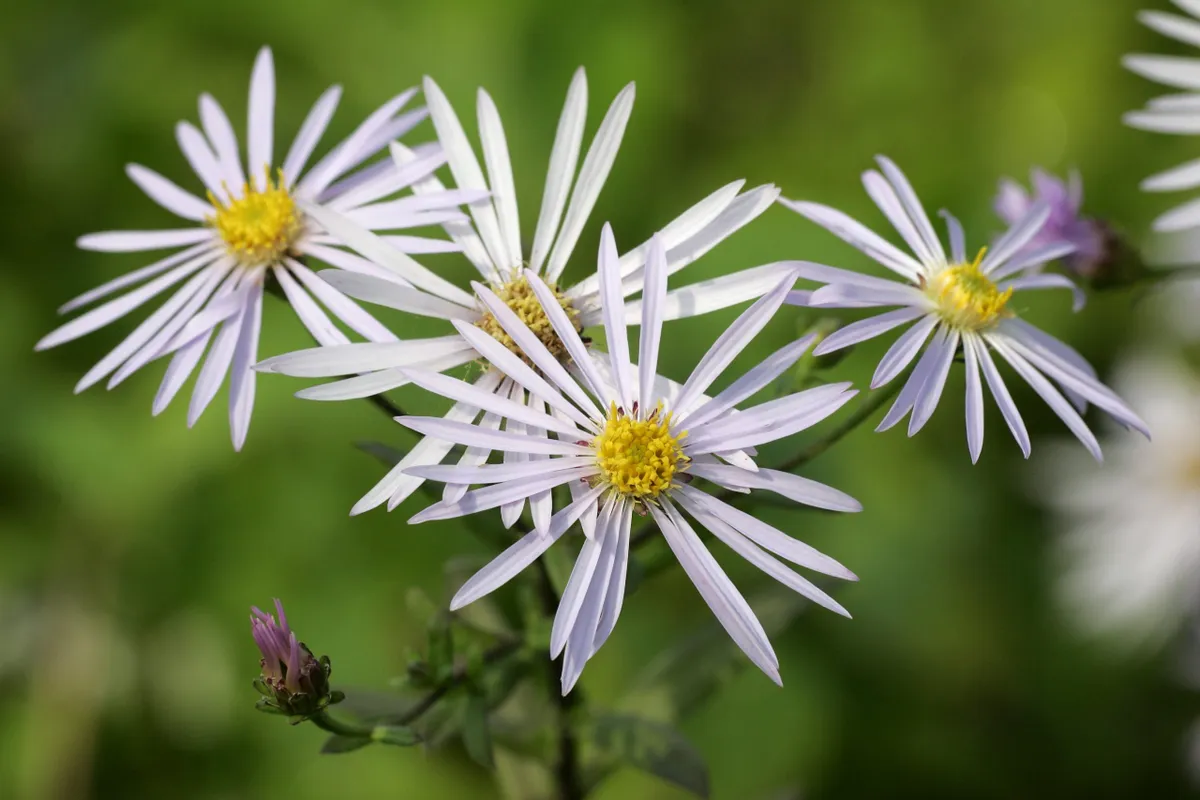
Like most gardeners, I strive to balance the desire for a beautiful garden and a dearth of time to devote to it. Any techniques that reduce the chore of weeding are welcomed. Despite ground cover plants' reputation as a labour-saving technique, once planted, they can’t be left totally unattended. But, with careful selection and grouping, intervention should be light and infrequent.
Ground cover plants need balance
All successful planting is about balance – a balance between horizontal and vertical planes; small and large leaves, between solids and spaces. With the right balance, planting compositions can be atmospheric and beautiful. Consider your response to a massed bluebell wood, or a lush grassy meadow. Effectively your visual sense is panning back from minute detail to appreciate the bigger picture. It is here that ground cover can play a part in heightened enjoyment of your garden, taking you in and out of focus as seasonal highlights reach flowering perfection and then fade. The addition of grasses to a ground cover palette adds movement and grace, with light breezes gently bending seedheads or rustling foliage.
Pick the right ground cover plants for your soil
Ground cover plants should suit both your soil and aspect. I also rank ground cover plants along a scale of vigour, from ‘rudely robust’ to ‘essentially decorative’. Truly aggressive plants, for example, Trachystemon orientalis appear very much at the rude end of the scale. As such, they are invaluable to colonise poor ground and best used on their own. Petasites japonicus, Darmera peltata and Symphytum grandiflorum are similarly strong candidates for monoculture.
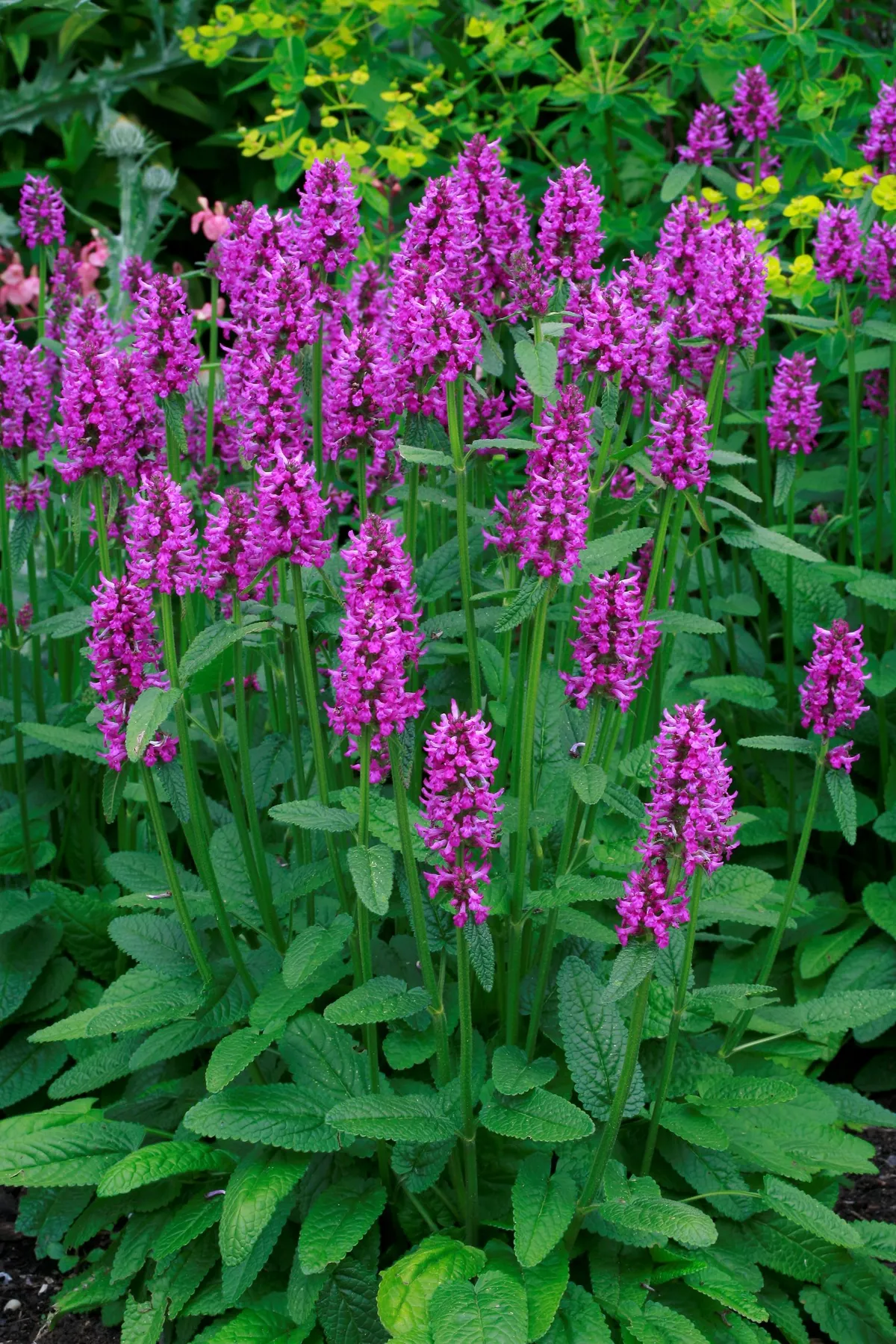
Somewhat less aggressive, but as effective in colonisation of ground to the exclusion of others, are some of the stoloniferous Epimediums. Epimediums grandiflorum, Epimediums perralderianum, Epimediums x perralchicum and Epimediums x versicolor types offer a ‘slow burn’ coverage, but once established, their congested mat of growth effectively excludes any interlopers. Such qualities make them an ideal underplanting to woodland shrubs, or woodland edge.
Nearer the middle of the scale, plants of similar vigour can be used in partnership to give oscillating peaks to the season; when one is in full display, the other is resting. Hosta ‘Devon Green’, which works well with Digitalis lutea, or Teucrium scorodonia ‘Crispum’ with Geranium pyrenaicum ‘Bill Wallis’ and Viola riviniana Purpurea Group.
Gentle plants with slow, expansive growth that migrate across a space to colonise new ground can be used in painterly compositions without fear any one will obliterate the others.
Below are a selection of ground cover plants that I'd recommend.
Don't miss Chris Marchant's ground cover planting combinations for shade, sun and undeneath roses
The best ground cover plants
Ground cover for sunny spots
Aster pyrenaeus ‘Lutetia’

Mildew-resistant, persistent and vigorous, even in lean soils. Bears lilac-pink flowers from August to October. Good ground cover to plant with silver aromatics, such as lavender. 65cm x 75cm. RHS H6, USDA 5a-8b.
Liriope muscari
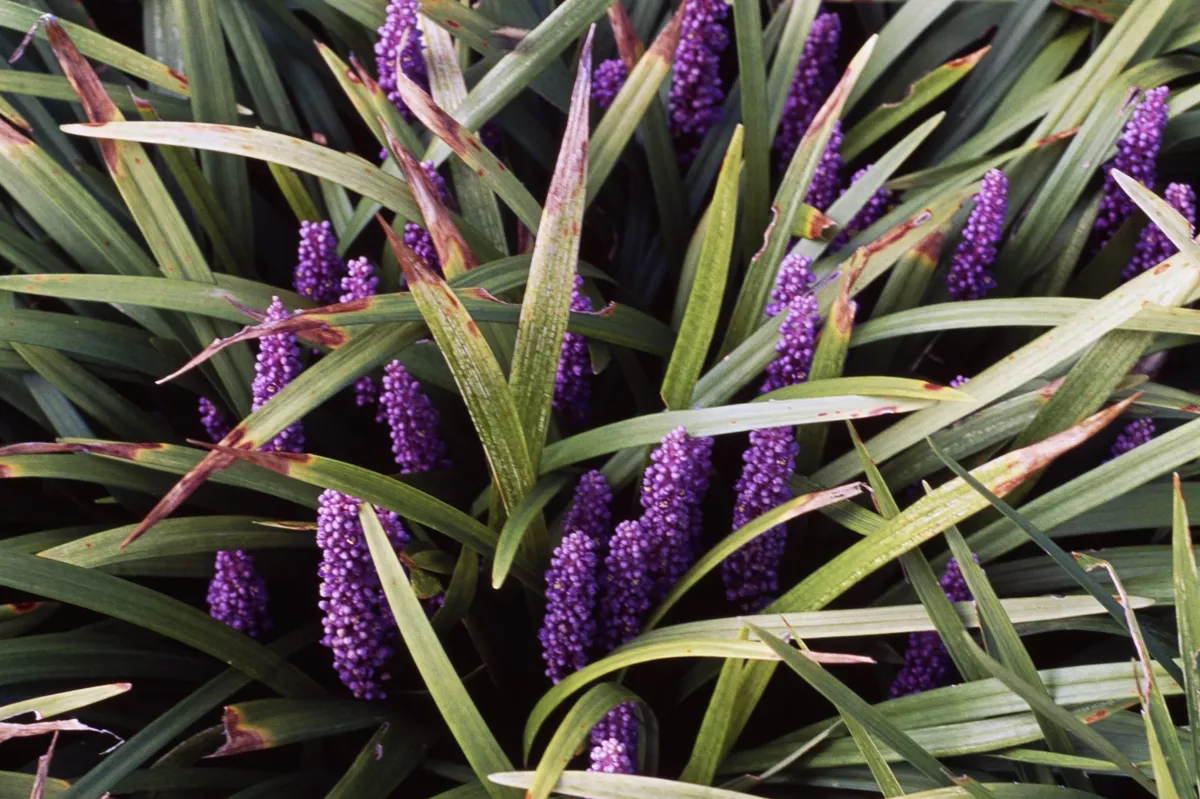
Useful evergreen plant that slowly expands to form a dense thatch of strappy, dark-green foliage, perfect for ground cover. Late-season, purple flowers are more abundant in a sunny aspect, although will tolerate dappled shade. Equally at home in formal or informal schemes. 50cm x 30cm. AGM. RHS H6, USDA 6a-10b.
Betonica officinalis ‘Hummelo’

Formerly known as Stachys officinalis 'Hummelo'. Neat mounds of serrated green foliage frame abundant spikes of rosy-purple flowers from June. If spent flowers are trimmed back, a second ground cover flush takes up the display during September. 55cm x 55cm. RHS H5.
Persicaria affinis ‘Darjeeling Red’
Tolerant of dry conditions in both sun and light shade, this plant with fine, glossy foliage colonises new ground through adventitious roots on running stems to form a dense mat of ground cover. 25cm x 40cm. AGM. RHS H5, USDA 5a-8b. A. Read our profile on Persicaria.
Artemisia stelleriana ‘Boughton Silver’
Silver-felted, oak-like leaves on lax prostrate stems form a dense, low-maintenance carpet of ground cover. Stud with Allium cernuum to add another layer of colour once the yellow flowers die down. 20cm x 40cm. RHS H4, USDA 3a-8b.
Sedum telephium subsp. ruprechtii
Slumped stems bear grey-green foliage, contrasting with flat heads of creamy-buff flowers. In autumn, ground cover foliage turns burgundy and flower heads achieve a gold colouring. 40cm x 50cm. RHS H4, USDA 3a-9a.
Calamintha nepeta ‘Blue Cloud’
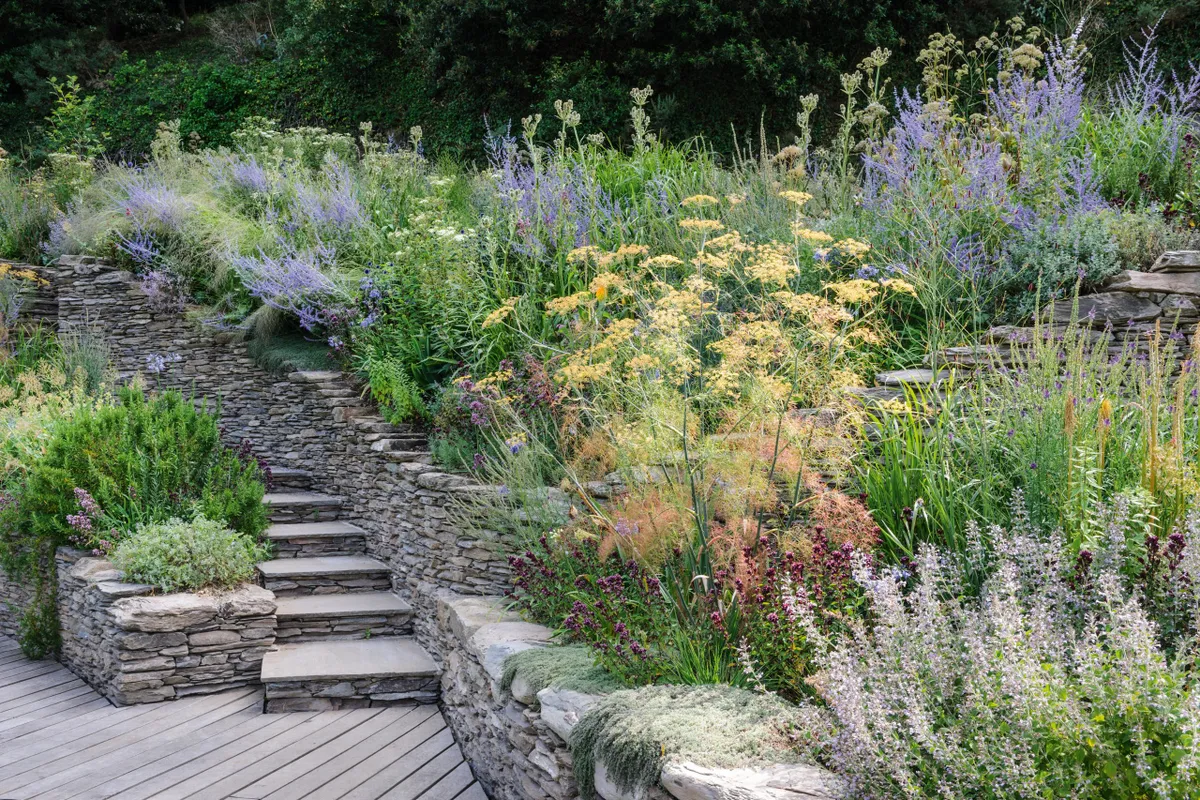
Drought-tolerant floriferous plant for gravel, scree or rose ground cover underplanting. Peppermint-scented foliage is topped by a froth of tiny, lavender-blue flowers June to September. 40cm x 40cm. RHS H5, USDA 5a-9b.
Erigeron karvinskianus
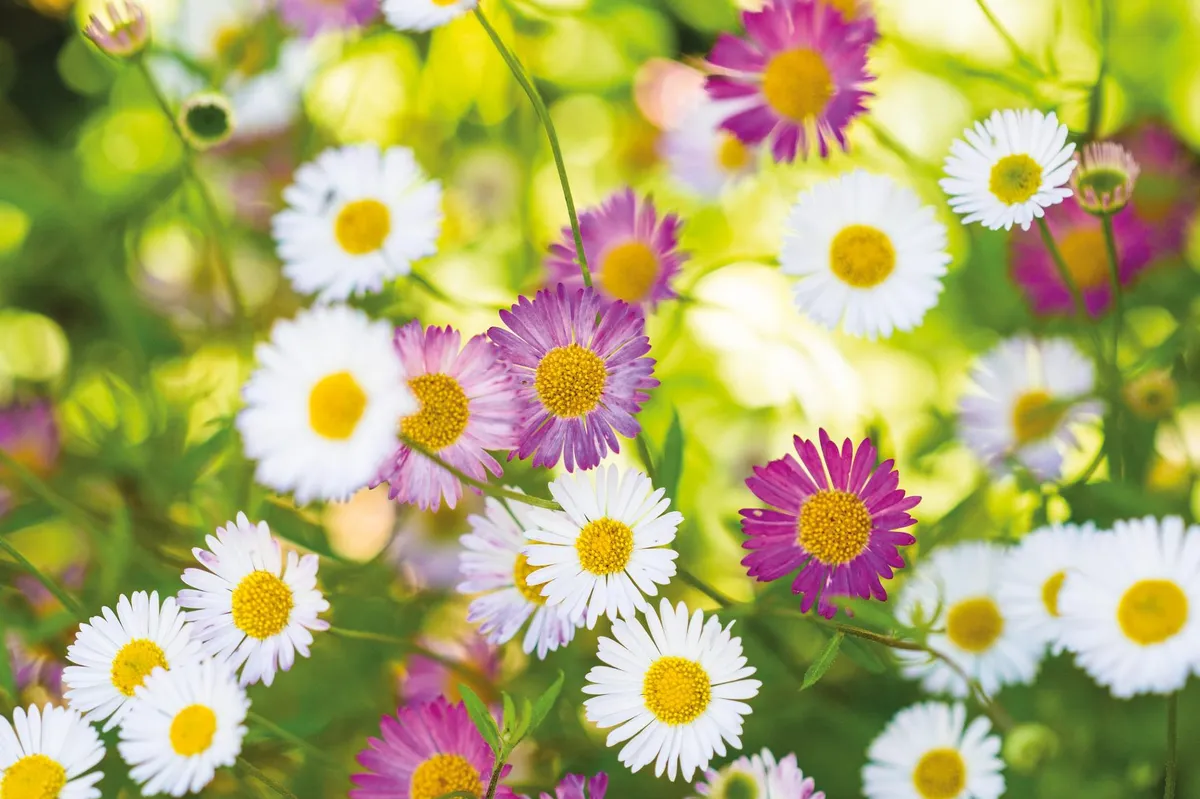
Known as the wall daisy, for its capacity to cling to a vertical surface, it will survive in the leanest, driest soil. A prolific, self-seeding habit ensures regeneration, even after cold winters. Ideal ground cover. 30cm x 35cm. AGM. RHS H7, USDA 6a-9b.
Hemerocallis ‘Little Grapette’
This shorter, multi-headed form has a long season of purple flowers and neat, strappy foliage that matures to bright autumnal yellow. Works well in massed effect.
45cm x 50cm. RHS H3, USDA 4a-10b.
Phlomis russeliana
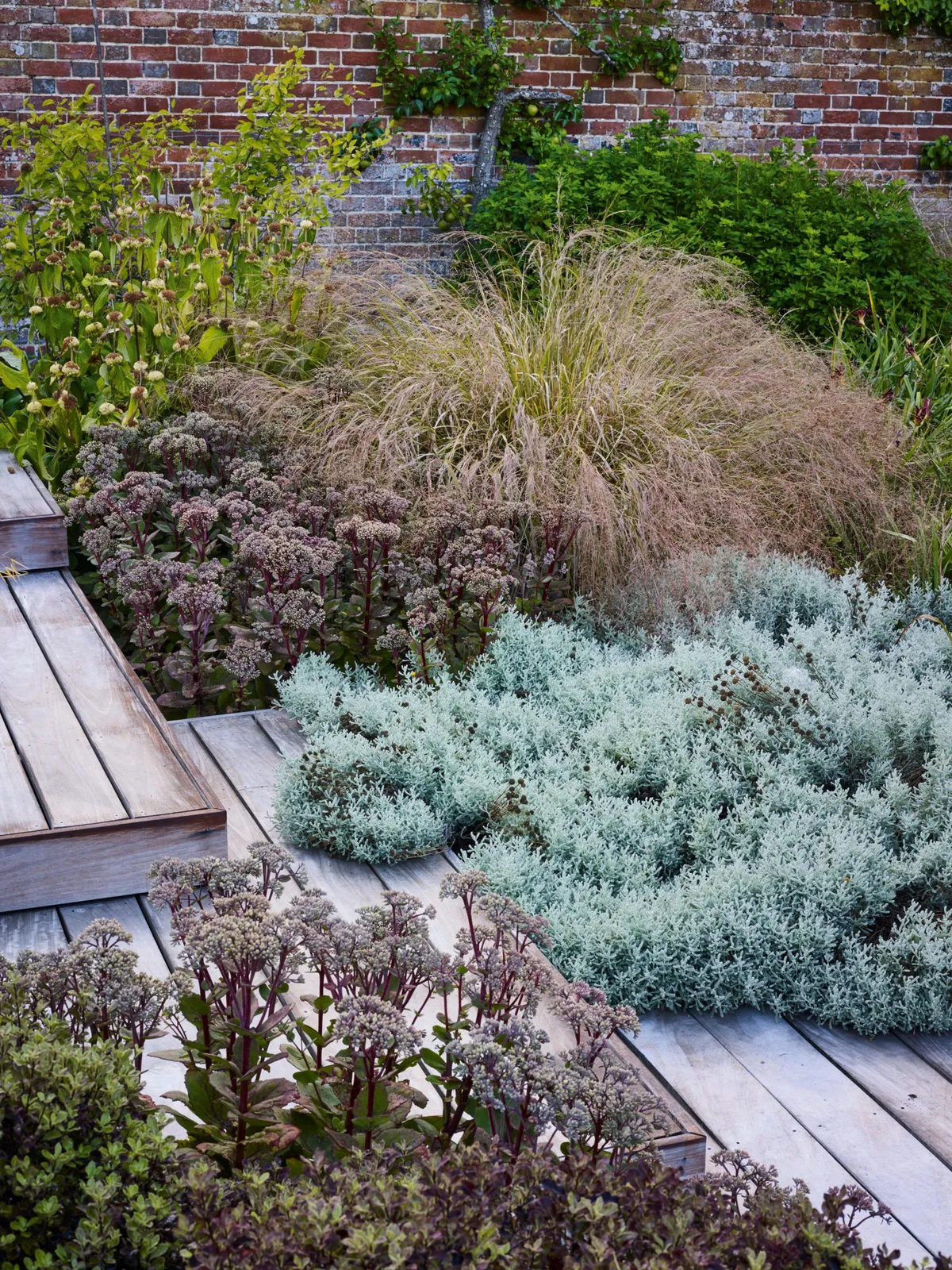
Large, grey-green-felted leaves form an expansive basal mound, while hooded, lemon flowers ascend in whorls from June onwards. Attractive winter structure. 90cm x 65cm. AGM. RHS H4, USDA 4a-9b.
The best ground cover plants for shade
Epimedium x versicolor ‘Sulphureum’
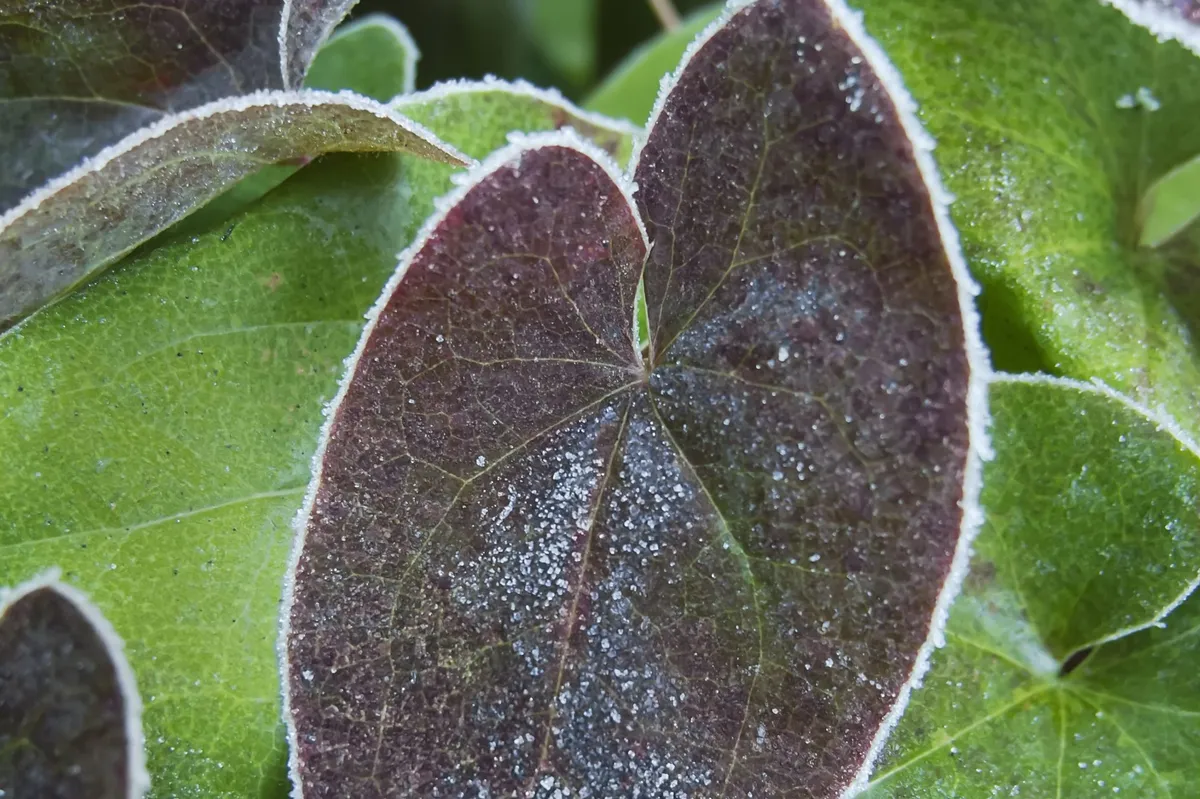
Valuable semi-evergreen form where attractive burgundy veining is prominent on new young leaves. Pale-yellow flowers are held proud of the foliage in April but are secondary to the foliage, which attains an attractive bronzed autumnal colouring for robust ground cover. 35cm x 35cm. AGM. RHS H6-7, USDA 5a-9a.
Hosta ‘Devon Green’
Glossy, elongated leaves of vibrant green emerge in April and expand to form flat circular rosettes. Foliage waxes to glowing yellow in autumn. Tolerant of average soil. 45cm x 50cm. AGM. RHS H6, USDA 3a-8b.
Teucrium scorodonia ‘Crispum’
Sage-like green leaves have attractive tightly crimped margins, giving valuable textural variety for this ground cover option. Durable and distinctive with simple, lime-green flower spikes that stand for many weeks. 40cm x 45cm. RHS H6, USDA 7a-11.
Dryopteris erythrosora
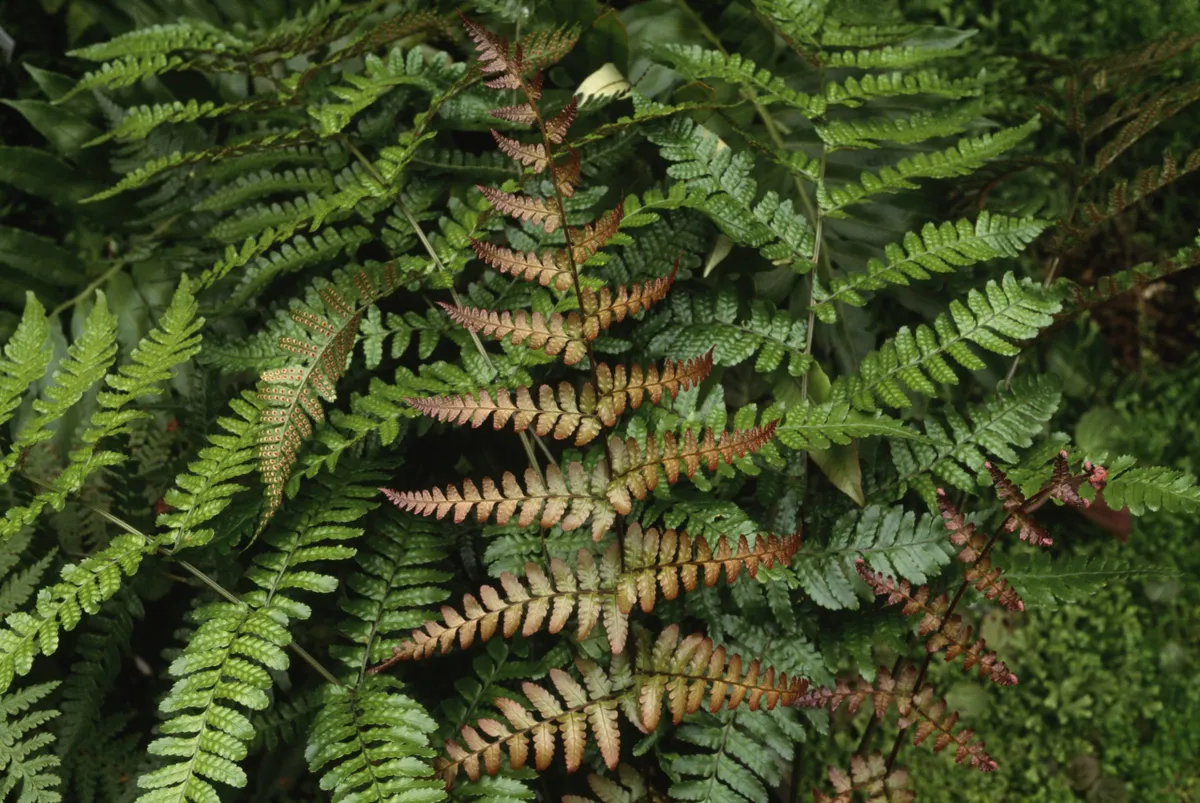
Elegant, unfurling fronds of coppery pink contrast well the many blues and yellows of early spring. Prefers dappled shade and humus-rich soil, though copes with leaner conditions. Good ground cover partner to Geum ‘Lemon Drops’ and Briza media. 45cm x 35cm. AGM. RHS H4, USDA 5a-9a. Here's our plant profile on the best ferns for your garden.
Pulmonaria ‘Lewis Palmer’
With electric-blue flowers and handsome, silver-spotted foliage it’s happy in reasonably moisture-retentive soil. Trim off all the foliage after flowering to stimulate new leaf growth. 40cm x 45cm. AGM. RHS H7, USDA 5a-8b. Don't miss our pulmonaria plant profile.
Clematis x jouiniana ‘Praecox’
Ascending woody stems terminate in clusters of scented, powder-blue flowers from late summer. Can be kept low to at as ground cover in shady swathes at a woodland edge. 1.5-7m x 1.2- 6m. AGM. RHS H6, USDA 4a-9b.
Mukdenia rossii ‘Karasuba’
Simple sprays of white flowers in spring give way to vibrant autumnal red and bronze foliage. This ground cover plant grows best in moisture-retentive, humus-rich soil in dappled shade. 25cm x 30cm. RHS H6, USDA 4a-9b.
Geranium phaeum ‘Samobor’
Pretty, nodding, claret-red flowers in spring, sit above attractively marked foliage that lasts late into autumn. An occasional Helleborus foetidus will add a bright, evergreen note to the ground cover. 65cm x 40cm. RHS H6-7, USDA 5a-7b.
Trachystemon orientalis
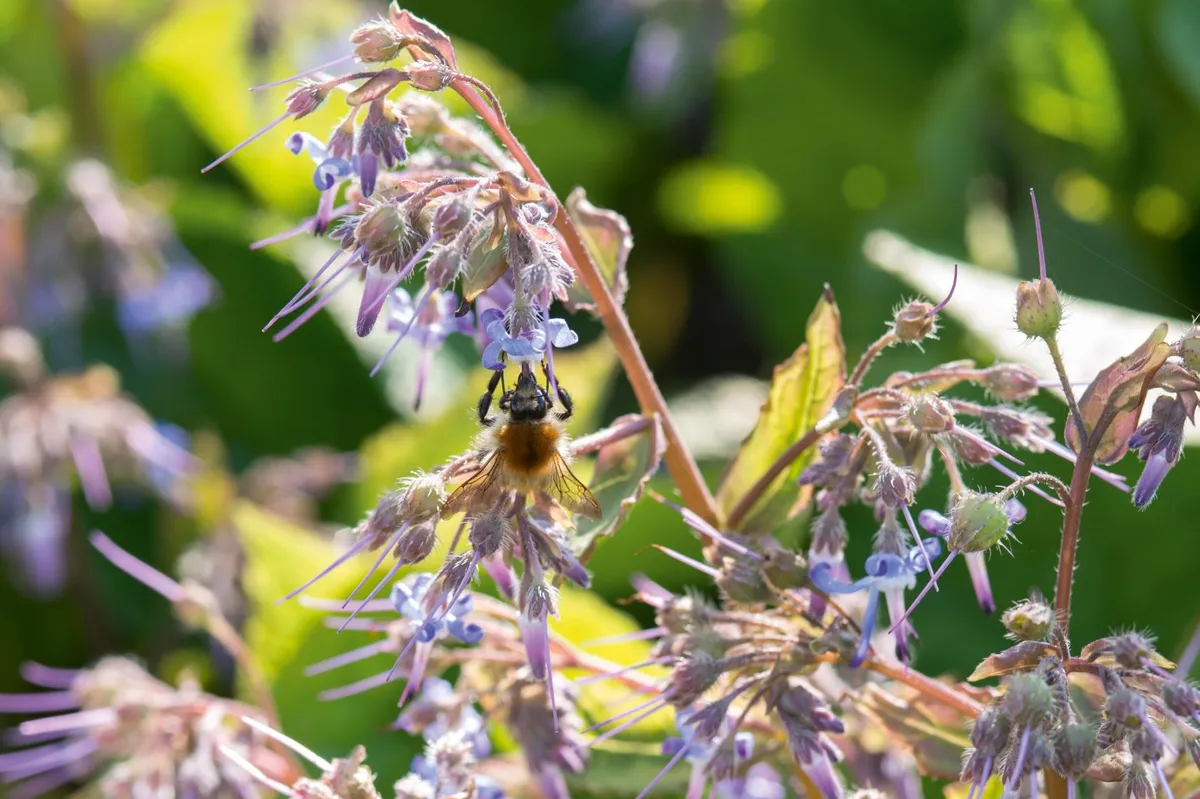
Will grow anywhere that large-scale ground cover is required, but keep out of direct, prevailing winds. Borage-like, blue flowers appear in advance of the immense hairy, heart-shaped leaves. 45cm x 65cm. RHS H5, USDA 8b.
How to grow ground cover plants
Sunny outlook
Open, dry and sunny conditions support a broader range of ground cover plants if soil is open and aerated to keep microbial activity alive. Where sun is a constant, evaporation of precious moisture from the surface is reduced by the application of surface gravel or stone mulch. This also helps prevent a surface crust forming. Chance seedlings in these spaces are easily removed until the expanse of low, creeping foliage swells to precludes unwelcome interlopers.
Woodland/shade
Thorough manual cultivation of the soil with incorporation of organic material to open the texture and increase moisture retention significantly adds to success. Occasional feeding of the soil improves performance for ground cover. A 5cm mulch of well-rotted manure and leaf mould (20/80 ratio) in spring will be taken down to the lower soil profile by worms, improving aeration and fertility.
Don't miss Chris Marchant's ground cover planting combinations for shade, sun and underneath roses